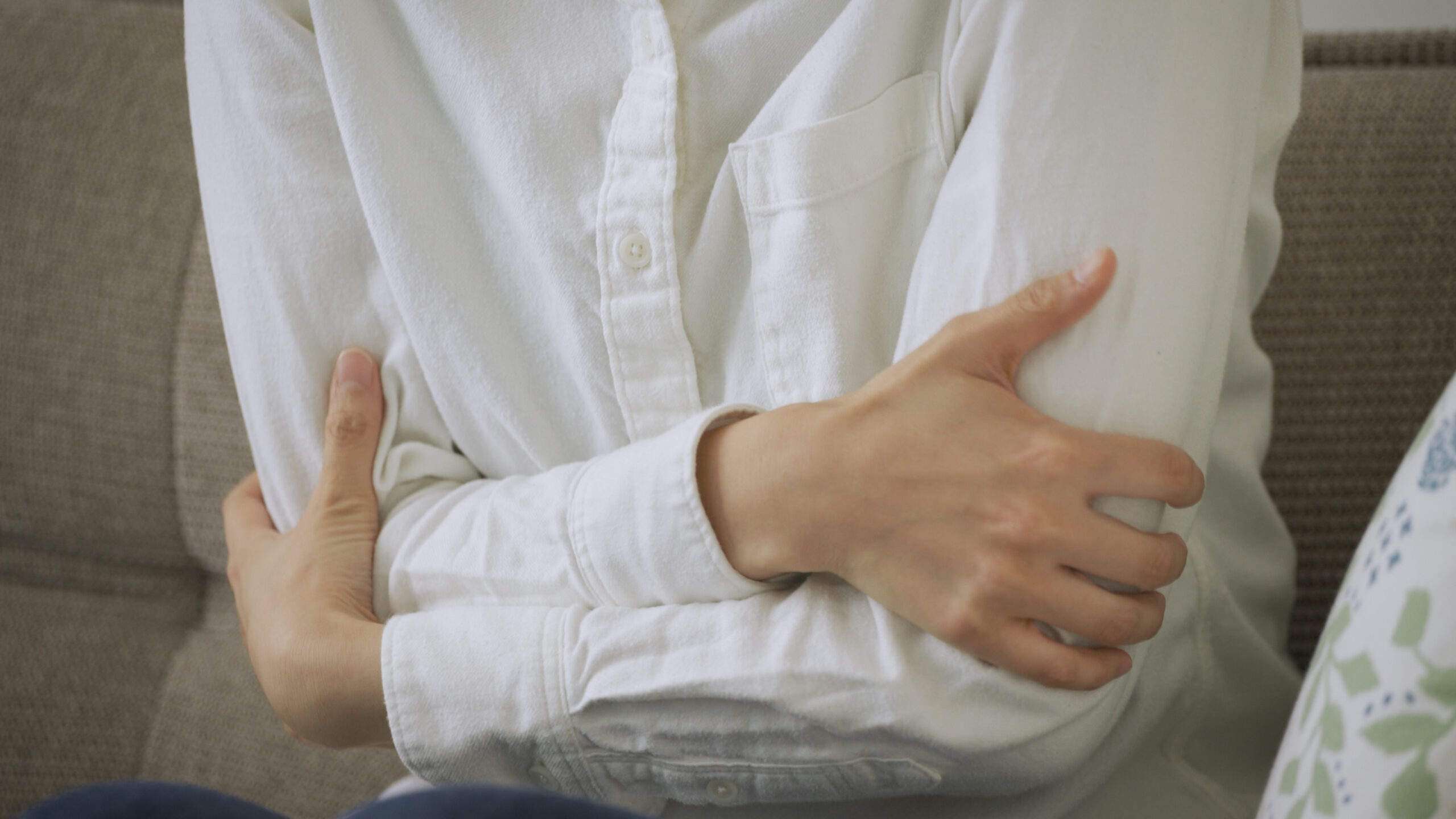Chills often occur when the ambient temperature is very low and the body tries to warm itself through contractions. However, there are situations when chills and fever can be caused by various conditions, such as viral (flu, COVID) or bacterial (pneumonia, sinusitis) infections. Also, low blood sugar can cause chills without fever.
Find out below what conditions can cause chills, what remedies can help, and what are the warning signs that you should see a doctor.
Why chills and fever occur
Very often, chills appear as a result of exposure to low temperatures (hypothermia), but they can also occur in response to an infection with viruses or bacteria, being accompanied by a fever above 38 degrees. Examples of illnesses that can cause chills and fever are:
flu colds COVID-19 meningitis tuberculosis urinary tract infections (pyelonephritis) malaria sinusitis gastroenteritis pneumonia bronchitis diverticulitis (inflammation of a diverticulum which is an abnormal “pocket” of the colon) inflammation of the appendix (appendicitis) otitis mononucleosis pharyngitis strep throat HIV/AIDS infection endocarditis inflammatory disease pelvic sexually transmitted diseases
Chills can also be caused by various forms of cancer (leukemia, lymphoma, etc.), allergic reactions, Crohn’s disease, ulcerative colitis, systemic lupus erythematosus.
Chills without fever: what are the causes
When the chills are not accompanied by a fever, hypoglycemia (low blood sugar) may be to blame. Low blood glucose can trigger this symptom, as well as confusion, heavy sweating, fatigue, lack of energy, or an irregular or fast heart rate.
At the same time, chills can be the consequence of an intense physical effort or a strong emotional reaction (fear, anxiety, panic attack).
Home treatment for chills and fever
The first thing to do if you experience chills is to dress well (thick sweater, socks, warm pants). An ibuprofen, aspirin or paracetamol tablet may also help.
But be careful with aspirin – it should not be given to children, because there is a risk of Reye’s syndrome!
If the problem does not resolve and you continue to feel the cold sensation, especially for several hours or days in a row, it would be good to contact the doctor, because it is possible that this symptom – accompanied by others – is caused by an infection that requires specific treatment.
Chills caused by hypoglycemia can be relieved by regulating blood glucose levels – drinking a glass of fruit juice, a packet of sugar, a small chocolate.
If the chills are caused by a panic attack or anxiety, relaxation and deep breathing techniques can be very helpful.
If chills are accompanied by fever, it is very important to hydrate well with water, natural juices, soups, teas. A warm shower and bed rest covered with a warm blanket are important for recovery.
When chills are a cause for concern: signs you need to see a doctor
See your doctor as soon as possible if your fever and chills do not improve after 48 hours of home care, or if you have any of the following symptoms:
stiff throat wheezing severe coughing shortness of breath confusion lethargy irritability abdominal pain pain or stinging when urinating vomiting sensitivity to light fever over 38 degrees that persists for more than 4-5 days and does not respond to antipyretics fast heart rate pain or clawing sensation /chest pressure cyanosis (bruising) of lips and extremities (is a sign of low blood oxygen saturation or hypothermia)
2023-10-04 03:40:31
#cold #feel #energy #Watch #blood #sugar #chills #occur #treat #home


